Aquatic plants examples – Aquatic plants are a diverse group of flora that have adapted to living in water environments. They can be found in a variety of habitats, including lakes, rivers, ponds, and wetlands.
These plants play a crucial role in the aquatic ecosystem, providing food and shelter for a wide range of organisms, as well as helping to maintain water quality.
Contents
Aquatic plants come in various forms, including submerged, floating, emergent, and oxygenating plants, each with its own unique characteristics and benefits.
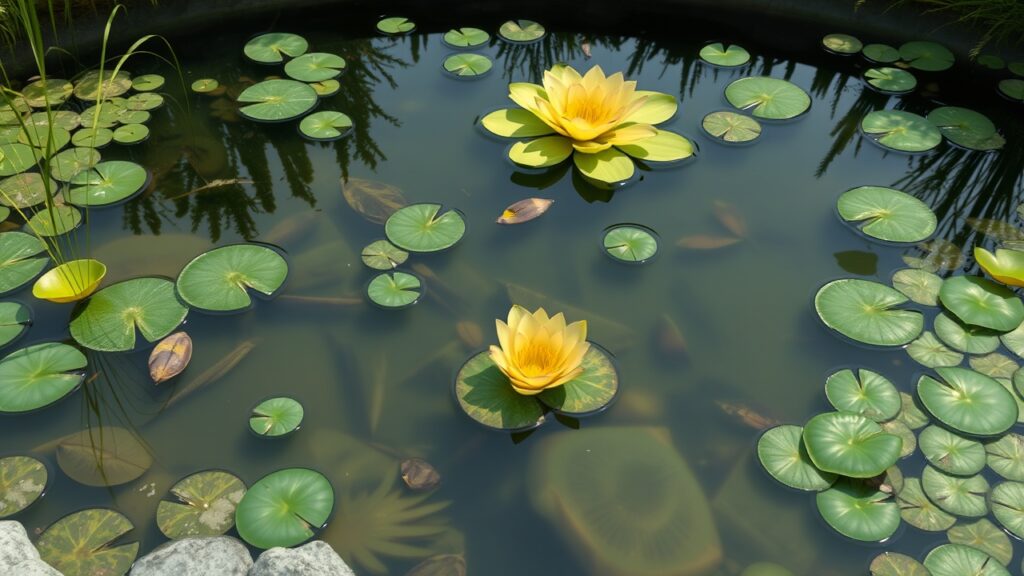
Submerged Aquatic Plants
Submerged aquatic plants, also known as hydrophytes, are plants that grow entirely under the water’s surface. They are adapted to living in low-light conditions and have specialized structures that allow them to absorb nutrients directly from the water.
Submerged aquatic plants play a vital role in maintaining water quality by absorbing excess nutrients and providing oxygen through photosynthesis. Some common examples of submerged aquatic plants include eelgrass, pondweed, and water milfoil. These plants are popular choices for aquariums and ponds, as they help to create a natural and balanced ecosystem.
Submerged aquatic plants are an essential component of healthy aquatic ecosystems. They provide habitat for fish and other aquatic organisms, help to stabilize sediments, and reduce the growth of algae by competing for nutrients.
In addition, these plants can improve water clarity by filtering out suspended particles and excess nutrients. Many submerged aquatic plants are also popular choices for water gardens and landscaping, as they add beauty and natural filtration to ponds and other water features.
- CURVED GLASS AQUARIUM KIT: Includes aquarium, aquarium hood with 2 white & blue LED light sticks, glass canopy, back pan…
- PERFECT FOR BEGINNERS OR SEASONED HOBBYISTS: Built-in space for filter and heater* housing in the back panel minimizes a…
- BIGGER IS BETTER: Our largest 20-gallon tank size means easier water maintenance and improved chemical stability, promot…
Floating Aquatic Plants
Floating aquatic plants are a unique group of flora that live on the water’s surface. These plants have specialized structures that allow them to float on the water, absorbing nutrients through their roots and leaves.
Some common examples of floating aquatic plants include water lilies, duckweed, and water hyacinth. These plants are popular choices for ponds and water gardens, as they provide shade and shelter for fish and other aquatic organisms.
Floating aquatic plants play a crucial role in maintaining water quality by absorbing excess nutrients and providing oxygen through photosynthesis. They also help to reduce the growth of algae by shading the water’s surface and competing for nutrients.
In addition, these plants can improve water clarity by filtering out suspended particles and excess nutrients. Many floating aquatic plants are also popular choices for aquariums, as they add beauty and natural filtration to the tank.
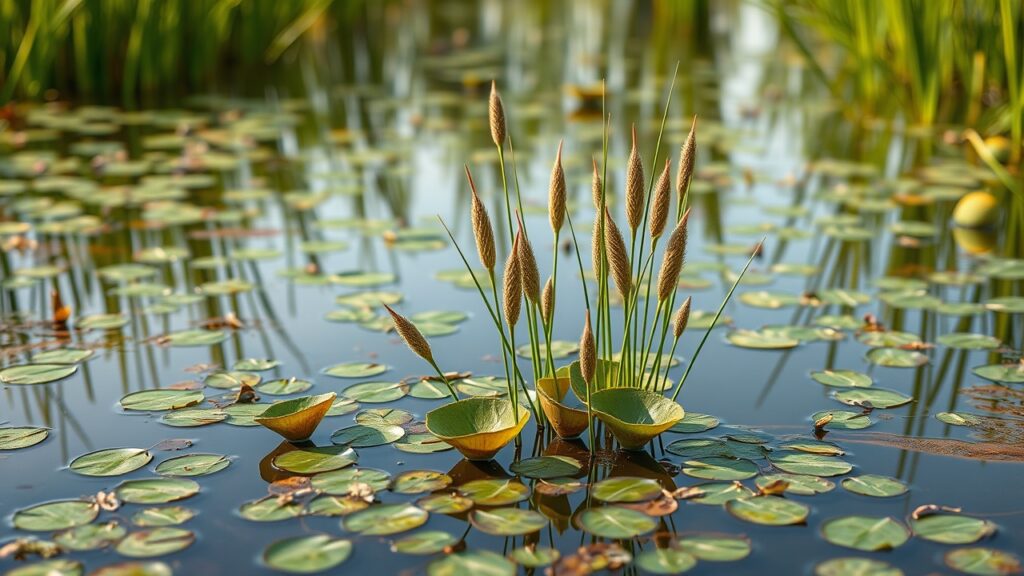
Emergent Aquatic Plants
Emergent aquatic plants are a diverse group of flora that grow along the water’s edge or in shallow water. These plants have adapted to living in wet environments and have specialized structures that allow them to thrive in these conditions.
Some common examples of emergent aquatic plants include cattails, bulrushes, and water irises. These plants are popular choices for wetland restoration projects and landscaping, as they provide habitat for wildlife and help to stabilize shorelines.
Emergent aquatic plants play a crucial role in maintaining water quality by absorbing excess nutrients and providing habitat for fish and other aquatic organisms. They also help to reduce erosion by stabilizing shorelines and trapping sediments.
In addition, these plants can improve water clarity by filtering out suspended particles and excess nutrients. Many emergent aquatic plants are also popular choices for ponds and water gardens, as they add beauty and natural filtration to the landscape.
- COMMERCIAL GRADE 500+ GALLON AQUARIUM: Designed for professional display, this huge fish tank with stand combines a 345-…
- HEAVY-DUTY ULTRA-CLEAR GLASS: Features robust approximately 0.75’’ thick, low-iron tempered glass (T > 91.5%) for safety…
- PROFESSIONAL SUMP FILTRATION: The massive 165-gallon sump includes a wet-dry system and modular media dividers. Powered …
Oxygenating Aquatic Plants
Oxygenating aquatic plants are a diverse group of flora that release oxygen into the water through photosynthesis. These plants play a crucial role in maintaining water quality by providing oxygen for fish and other aquatic organisms.
Some common examples of oxygenating aquatic plants include hornwort, anacharis, and elodea. These plants are popular choices for aquariums and ponds, as they help to create a healthy and balanced ecosystem.
Oxygenating aquatic plants are an essential component of healthy aquatic ecosystems. They provide habitat for fish and other aquatic organisms, help to stabilize sediments, and reduce the growth of algae by competing for nutrients.
In addition, these plants can improve water clarity by filtering out suspended particles and excess nutrients. Many oxygenating aquatic plants are also popular choices for water gardens and landscaping, as they add beauty and natural filtration to ponds and other water features.
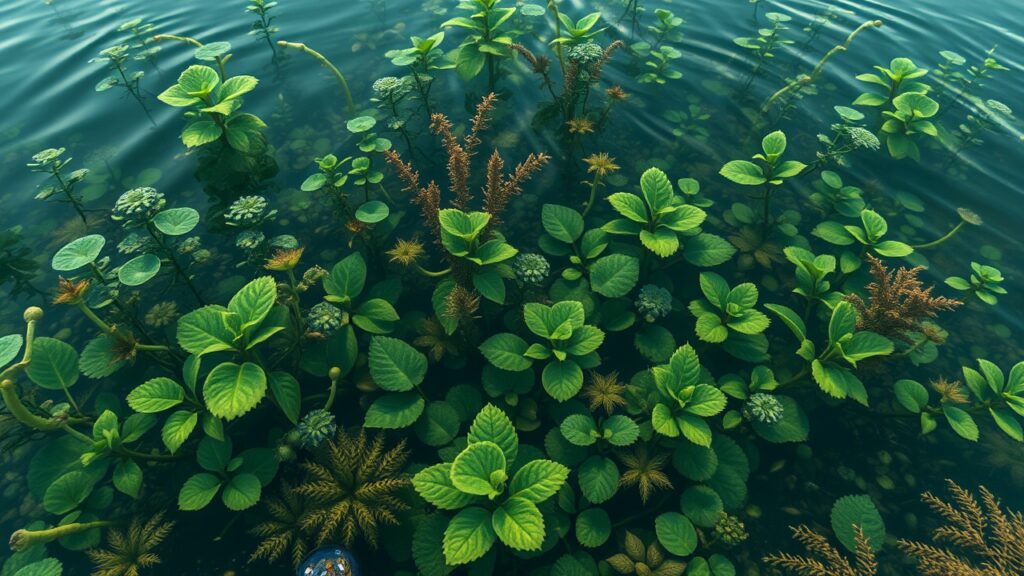
Aquatic Plants for Ponds
Aquatic plants are an essential component of healthy ponds. They provide habitat for fish and other aquatic organisms, help to stabilize sediments, and reduce the growth of algae by competing for nutrients. In addition, these plants can improve water clarity by filtering out suspended particles and excess nutrients.
There are many different types of aquatic plants that are suitable for ponds, including submerged, floating, emergent, and oxygenating plants. These plants can be used to create a natural and balanced ecosystem in the pond, as well as adding beauty and natural filtration to the landscape.
Submerged aquatic plants are popular choices for ponds, as they help to create a healthy and balanced ecosystem. These plants provide habitat for fish and other aquatic organisms, help to stabilize sediments, and reduce the growth of algae by competing for nutrients.
Floating aquatic plants are also popular choices for ponds, as they provide shade and shelter for fish and other aquatic organisms. These plants play a crucial role in maintaining water quality by absorbing excess nutrients and providing oxygen through photosynthesis.
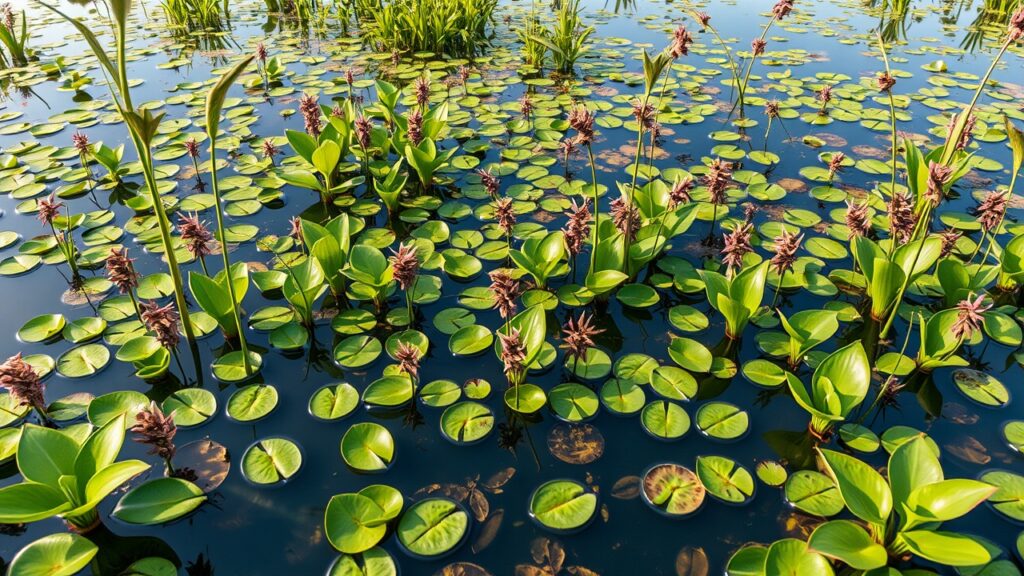
Conclusion
Aquatic plants are a popular choice for aquariums, as they add beauty and natural filtration to the tank. There are many different types of aquatic plants that are suitable for aquariums, including submerged, floating, emergent, and oxygenating plants. These plants can be used to create a natural and balanced ecosystem in the aquarium, as well as providing habitat for fish and other aquatic organisms.
Submerged aquatic plants are popular choices for aquariums, as they help to create a healthy and balanced ecosystem. These plants provide habitat for fish and other aquatic organisms, help to stabilize sediments, and reduce the growth of algae by competing for nutrients.
Floating aquatic plants are also popular choices for aquariums, as they add beauty and natural filtration to the tank. These plants play a crucial role in maintaining water quality by absorbing excess nutrients and providing oxygen through photosynthesis.
In addition, these plants can improve water clarity by filtering out suspended particles and excess nutrients. Many oxygenating aquatic plants are also popular choices for aquariums, as they provide oxygen for fish and other aquatic organisms through photosynthesis.
In conclusion, aquatic plants are an essential component of healthy aquatic ecosystems.
They provide habitat for fish and other aquatic organisms, help to stabilize sediments, reduce the growth of algae, improve water clarity, and provide oxygen through photosynthesis. Whether in ponds or aquariums, submerged or floating, these diverse flora play a crucial role in maintaining the balance of our water environments.
- INCLUDED IN PURCHASE: Your all-in-one purchase ships complete with one 192-gallon tank, one prebuilt and fully assembled…
- SUPERIOR DESIGN: This first-class fish tank is made of high-quality low-iron tempered ultra-clear transparent glass. Thi…
- CORAL SUMP: Your aquarium arrives with a sump system perfect for optimally filtering your coral reef tank. System includ…
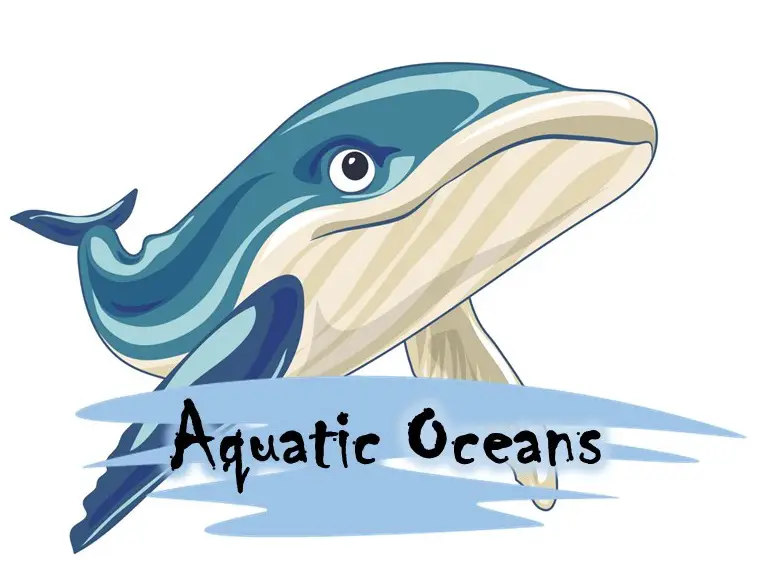
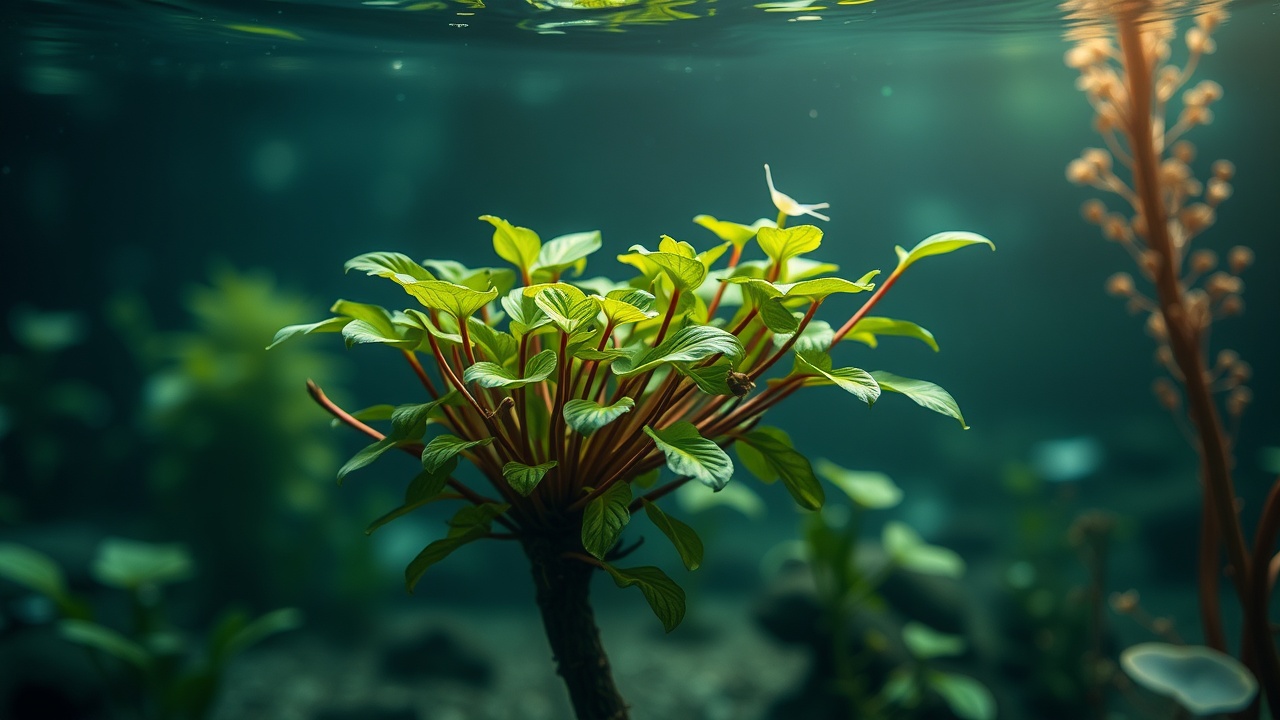


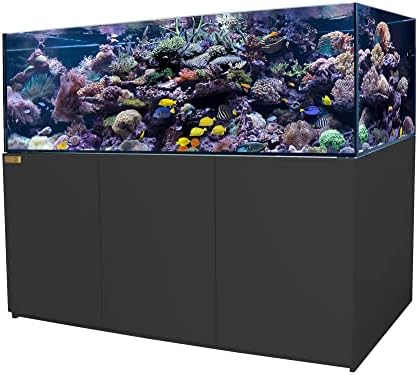
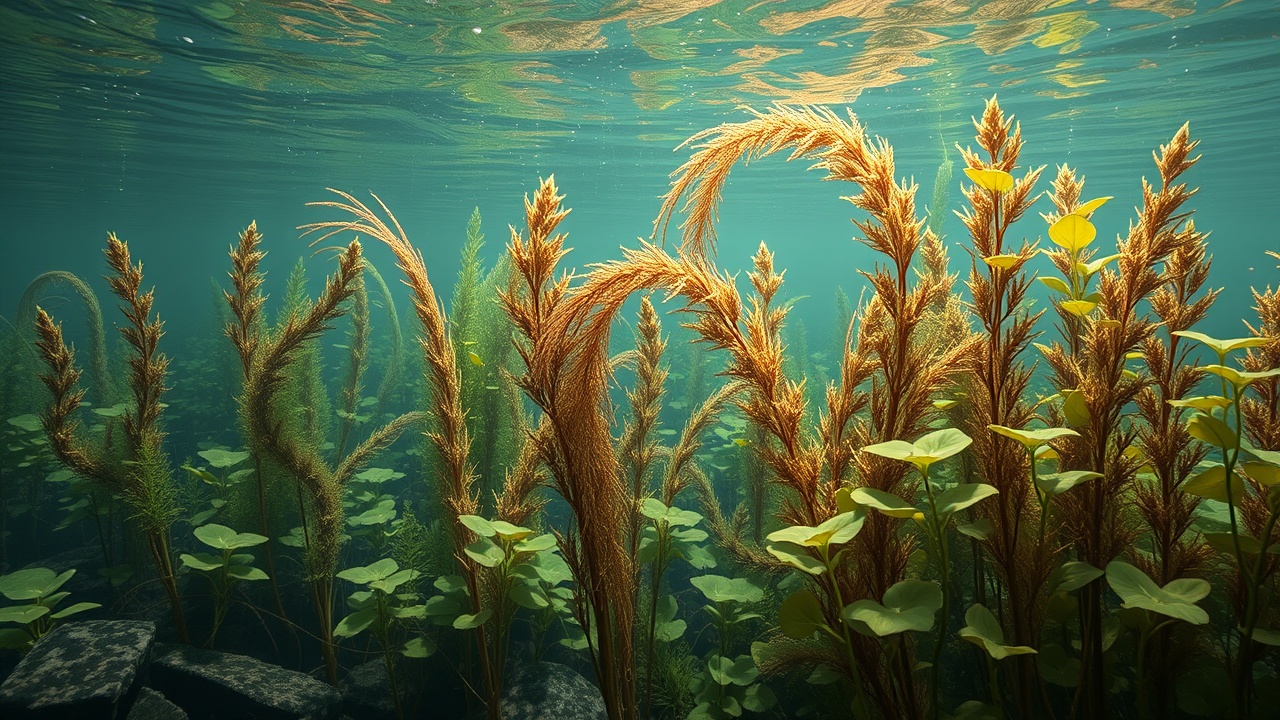
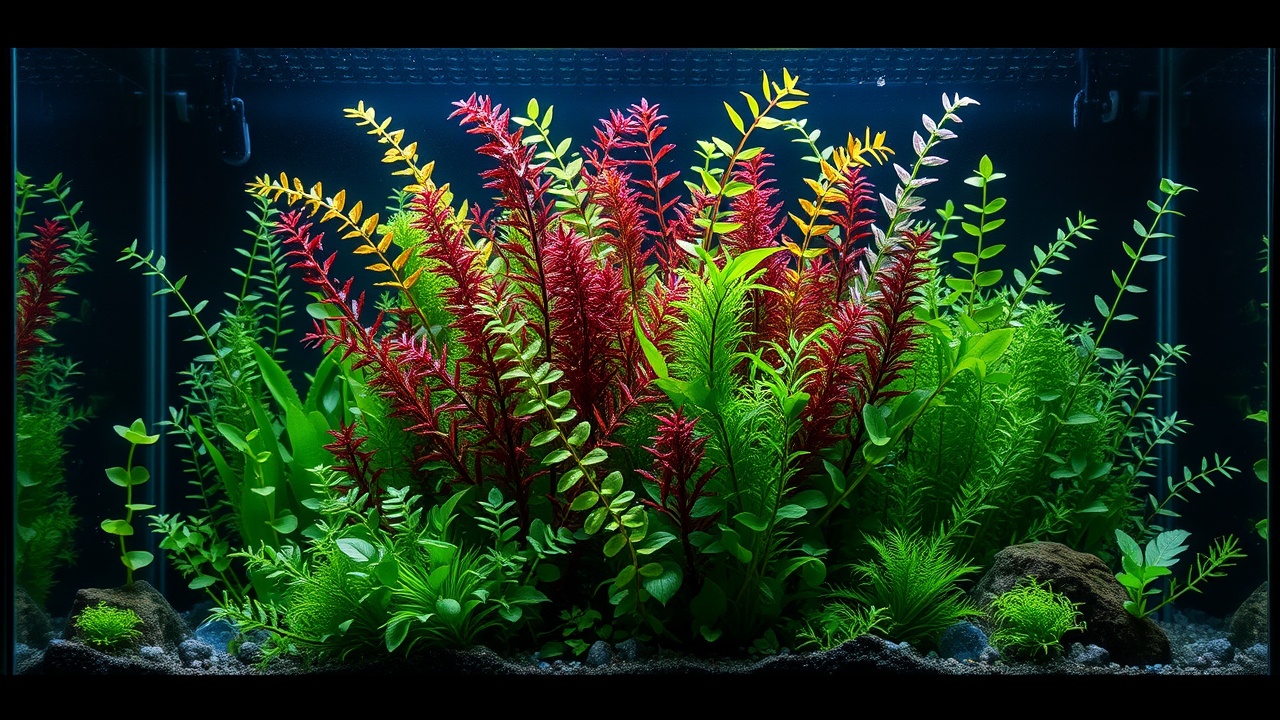
Leave a Reply